Preparing Your Garden for a Summer
How to Prepare Your Garden for Summer Planting and Growing so you can have your best and healthiest harvest this season.
How to Start a Backyard Garden by reseting your growing area each spring giving you a clean and healthy soil base to grow in.
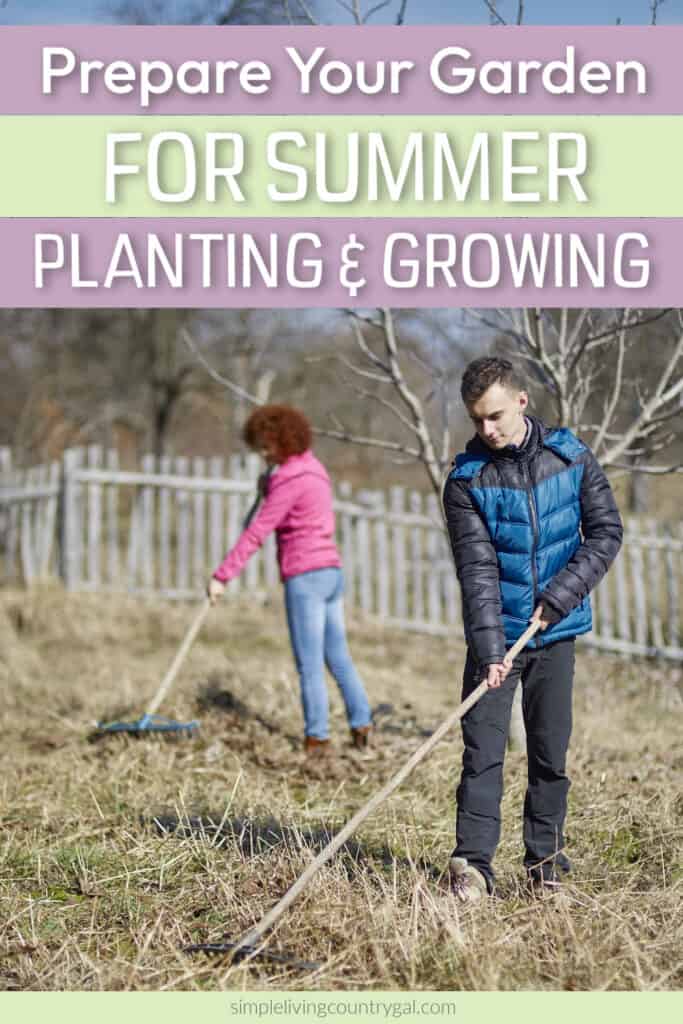
Gardening is more than sowing seeds and waiting for red ripe tomatoes. It’s knowing your soil so you can ensure it is at it’s healthiest. For your garden to flourish in the summer, you need to get ahead of the game. This guide will help you to reset your growing space after winter and prep it for spring planting.
Prepare Your Garden for Summer
The start of spring isn’t just about new beginnings; it’s about hitting the reset button on last year’s growth. Few areas in gardening are as important as soil health and spring is the best time to wake things up and prep them for planting so you are not reliving any pests or disease from last growing season.
Do Pests Die Over the Winter in a Garden?
There’s a common misconception that pests die off over the winter. Actually, many pests find clever ways to survive through the cold months. This means that you’ll likely see returning threats to your garden come summer. Preparing your garden is the key to staying ahead of these issues.
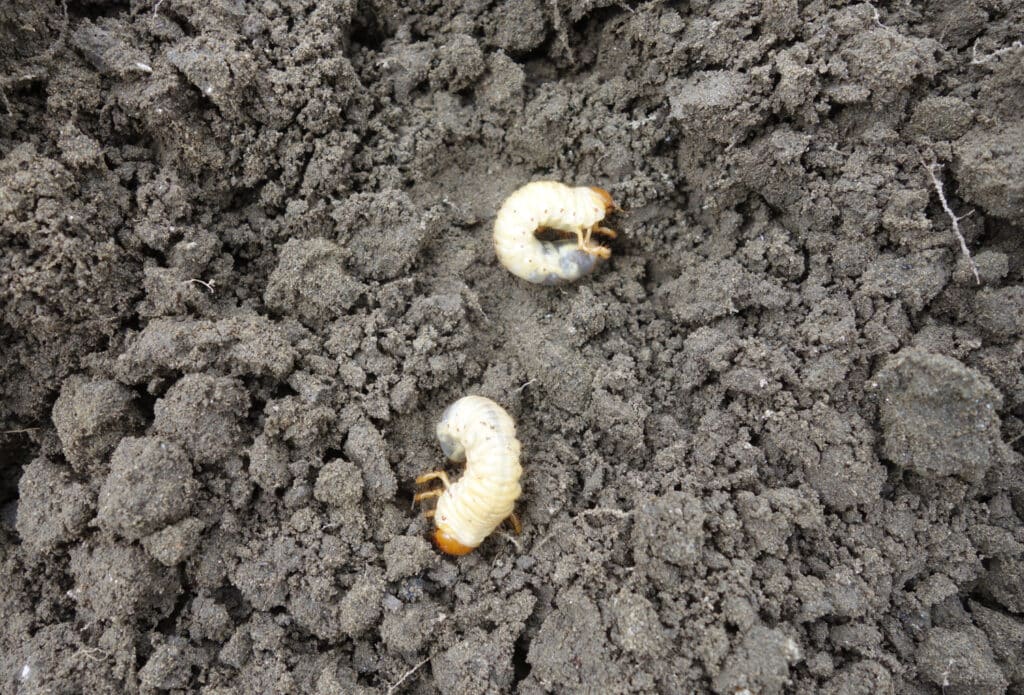
Clearing and Cleaning
To start you will want to clear out the remnants of last year’s growth as well as any debris that gathered over the winter. If you have not removed last years plants, you will want to do that first.
Remove Any Large Debris from Winter
Start by removing any large items like branches, trash or misc items. Have a wheelbarrow or dump cart near by to toss items in as you find them. You can recycle any healthy items in your compost area and toss the rest in your trash.
SLCG Pro Tip: If you had issues with disease last growing season, do not put those plants in your compost bin. Find a spot to dispose of them that is far away from your garden. We have a back dump pile on our property where these plants go allowing us to start fresh every growing season.
Rake Away Smaller Items
Use a sturdy garden rake to clear away smaller items like leaves, twigs, or leftover mulch from last year. debris. This not only prevents trip hazards but also aerates the soil and helps break down organic material.
Address the Issue of Rocks
Next up is removing any rocks. Rocks disrupt root growth, interfere with water distribution, and offer prime real estate for pests. Enlist help on this project getting any large rocks gathered up and moved out.
Soil Preparation
The most important area of your garden to prepare for summer is its soil. When it’t healthy it ensures the health of next season’s harvest and that means most of your time will be spent in this area.
Test Your Soil’s pH
Knowing where your soil is at now will tell you where to go next. Use a home testing soil kit to measure your soil’s pH. Understanding acidity or alkalinity is vital for planting the right crops.
SONKIR Soil pH Meter, MS02 3-in-1 Soil Moisture/Light/pH Tester Gardening Tool Kits for Plant Care, Great for Garden, Lawn, Farm, Indoor & Outdoor Use (Green)

What is Alkaline Soil?
Alkaline soil, is basically clay soil with a high pH, 7.5-8.5. A high pH can have toxic levels of some nutrients so you will want to amend levels for better growth.
How Can You Amend It?
For alkaline soil, consider adding organic matter with acids, such as pine needles or peat moss or compost. This will lower your pH getting it to a level you want for planting.
What is Acidic Soil?
Acidic soil has a low pH, less than 5.5 and can be problematic for different plants. Acidic soil tends to have mineral deficiencies that plants need to grow.
How Can You Amend It?
For acidic soil, the addition of limestone or wood ashes can help raise the pH level.
It is important to know that most plants tend to grow best in slightly acidic soil around 5.5-6.5. There are a few exceptions but most will grow best in this range. If you are amending your soil be sure to test once finished to see where your numbers are at. Also, make a note in your garden planner as these numbers are important to look back on each new growing season.
Adding Compost If Needed
Compost is gold for any gardener that is preparing their garden for summer because it can amend most issues and boost the health of soil organically. Adding a healthy dose each spring and then throughout the growing seasons is a great routine most gardeners use. A thick layer worked into the topsoil now will revitalize the garden for planting. You can use a rake to work the compost into the soil allowing it to rest for a few days before planting.
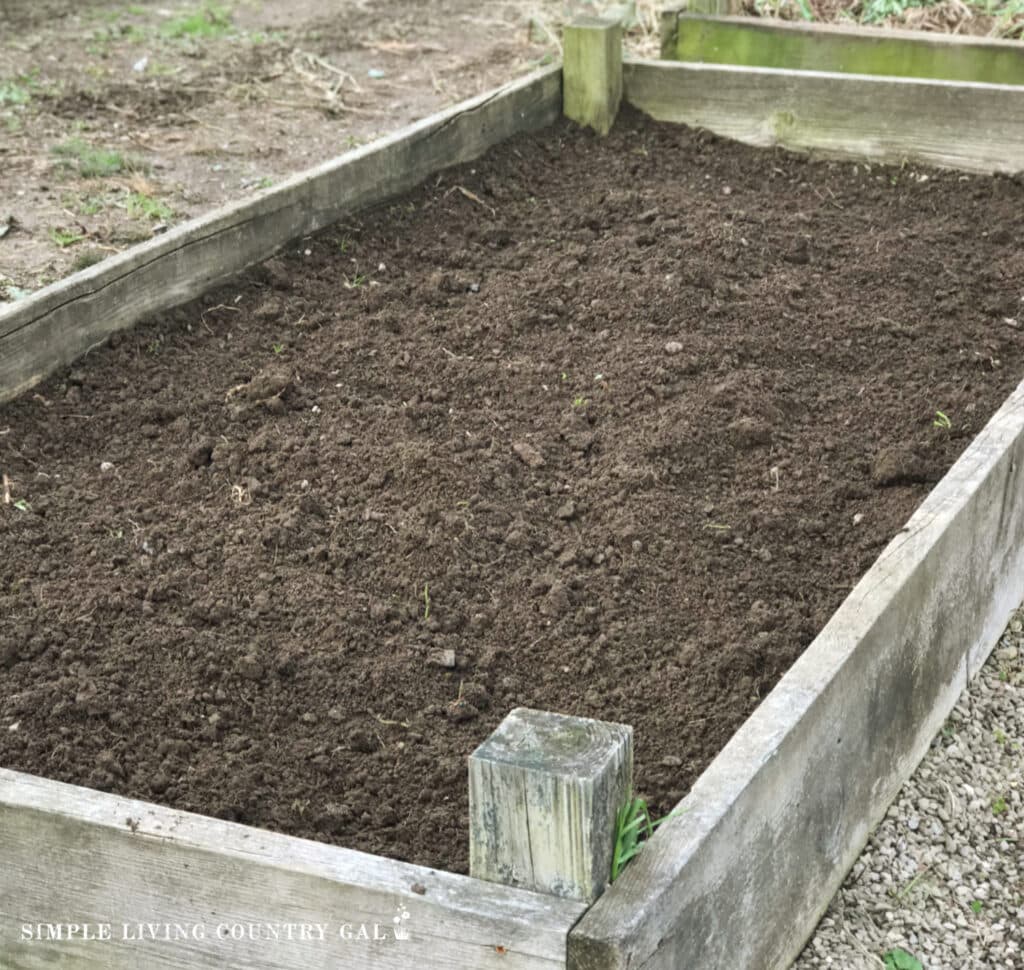
Planning for the Season
Planning plays an important role in gardening and will help you to prevent issues from recurring year over year. There are certain things I like to have records on that you may also want to include in your garden notes:
- Crop rotation
- Compantion Planting
- Diseases from last year
- Pests from last year
- What was planting
- Harvest numbers for each crop
Using a Garden Planner
Whether it’s a journal or purchased garden planner download, keep detailed records of what you plant where and how well it performs. Over the years, your notes will become your garden’s history book, allowing you to grow in your skills.
Rotate Plant Locations
Each year you will want to grow your plants in a different area of your garden. This will allow your soil to keep level and prevent depletion of nutrients that most plants need to grow.
Regular movement of plants will also prevent the buildup of pests that target specific crops.
Companion Gardening
Certain plants thrive when they’re close to specific companions and knowing what each benefit is will help you plant a healthier garden. Some plants deter pests, some attract pollinators, and others provide wind or shade protection.
Get our Companion Gardening Checklist Here!
Improving Your Garden
Spring is a great time to make any improvements or updates to your backyard vegetable garden.
Durable Support
Tall plants like tomatoes, beans, or peas need strong support. Bamboo poles, trellises, or wooden stakes can bear the weight and create space for more growth.
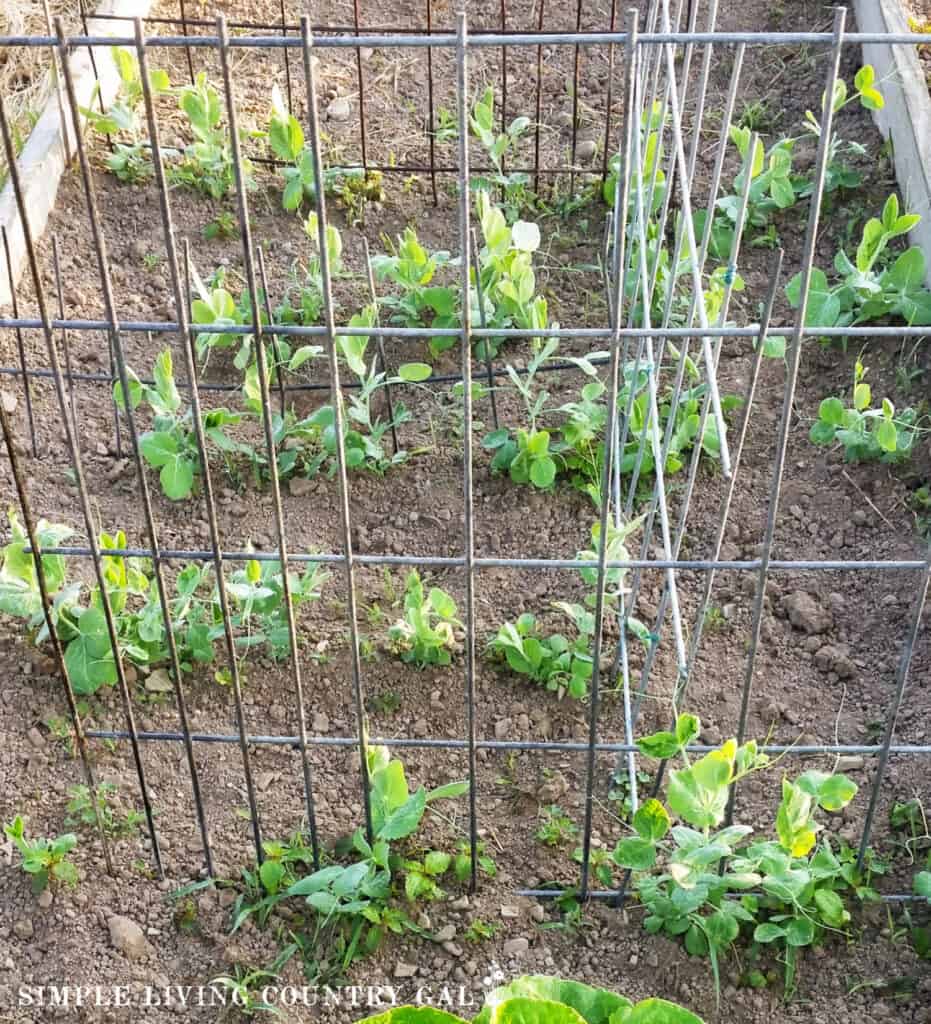
Fencing for Protection
If local wildlife is a concern, consider adding a fence. It can be a practical and aesthetic addition that keeps out unwanted guests.
OUSHENG Decorative Garden Fence Fencing 10 Pack, 36in (H) x 10.8ft (L) Rustproof Metal Wire Panel Border Animal Barrier for Dog, Flower Edging for Yard Landscape Patio Outdoor Decor, Arched


Alternative Growing Methods
If you want to expand your garden but the work is just more than you have time for, you can add a few alternative methods this year so you can try out a bigger layout.
Grow Bags
Grow bags are a great way to add additional growing space in a compact way. You can plant potatoes, tomatoes, or other plant and tuck the bags into your garden now. They are a great way to utilize your space effectively.
Straw Bales
A unique approach for those who need to quickly establish a growing medium. Straw bales are composted down inside allowing it to be used as a “container” that can hold quite a bit of plants. Bales can add quite a bit or growing space to a smaller garden with little effort.
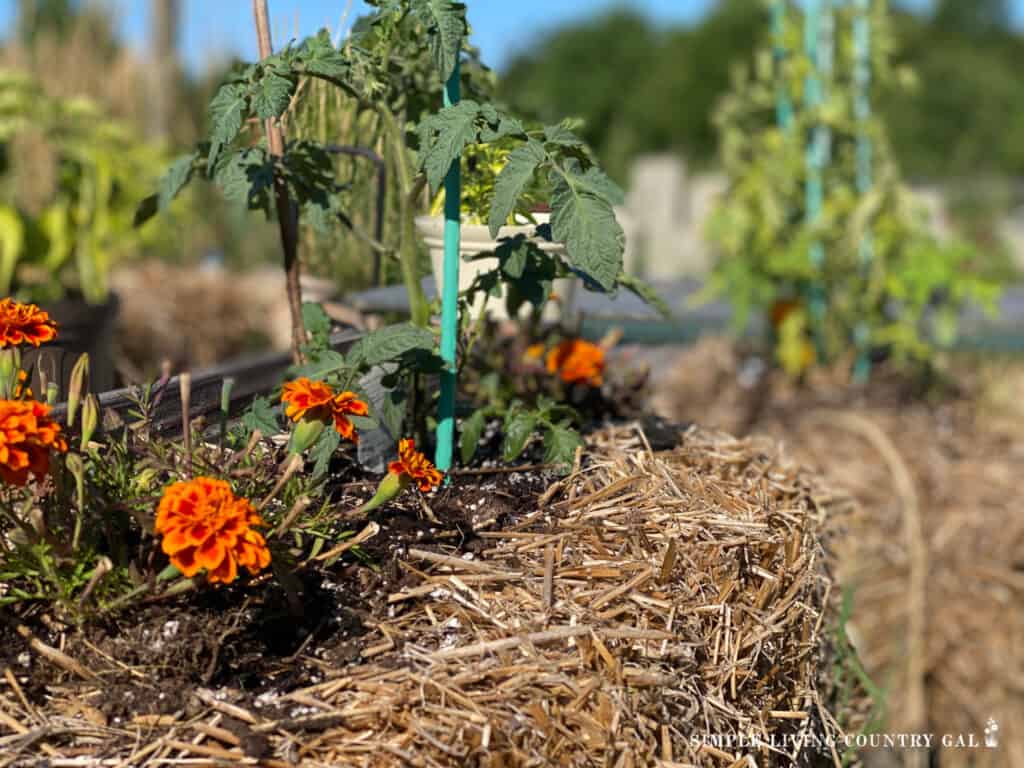
Read More on Straw Bale Gardening:
Container Herb Gardens
If you want to add herbs to your garden area but dont’ want to do the back breaking work of turning the soil, you can tuck in a few herb garden containers. These can be pots, grow bags, buckets, or any container really. As long as it has room for the roots to grow and enough drainage.
Resetting your garden is an important first step to each growing season. Use these tips to prepare your garden for summer and set the stage for your biggest harvest yet.







